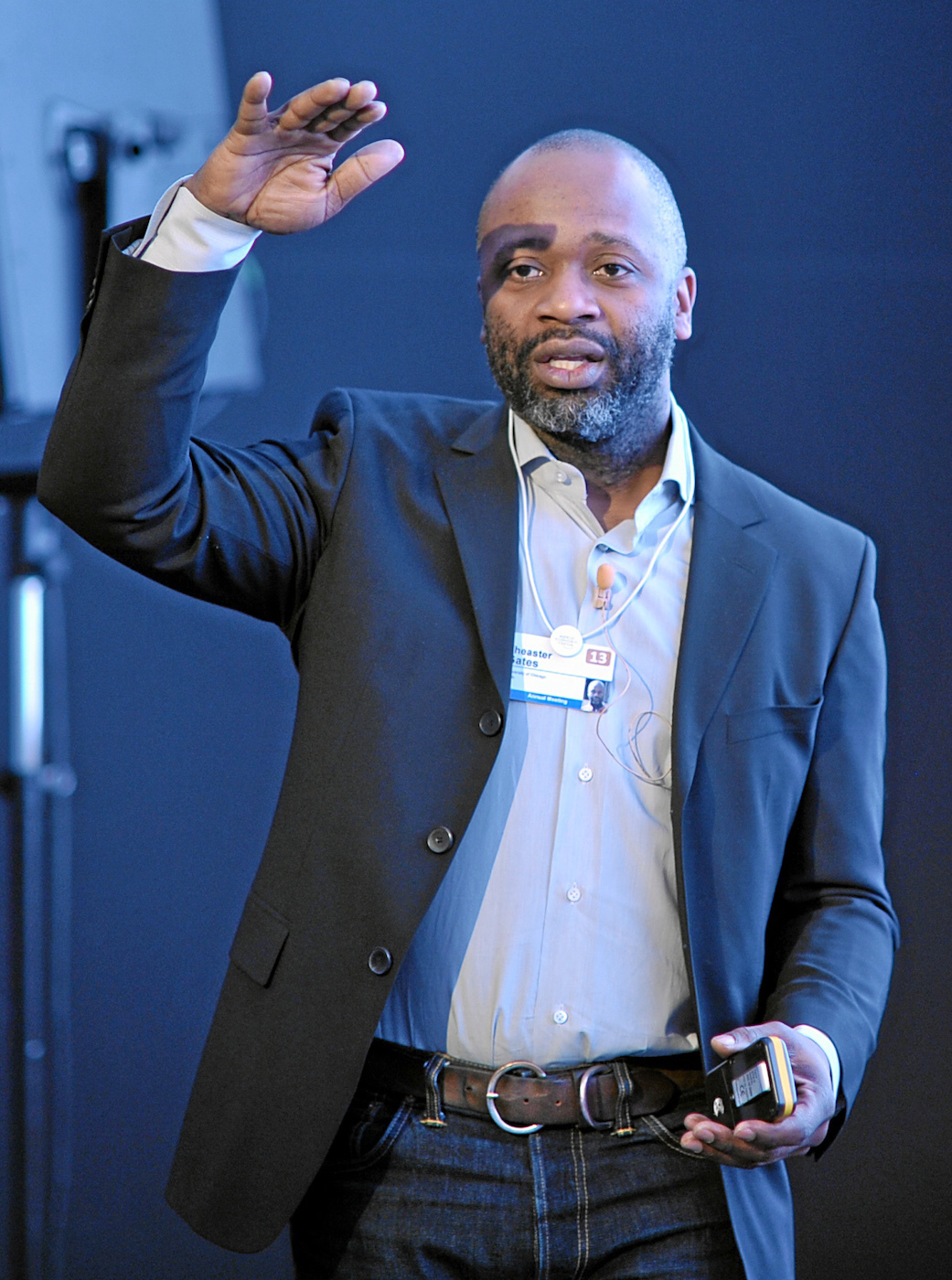Theaster Gates has made a career out of engaging with community, history, gentrification, politics and race in his art. Chicago born-and-bred, he has constantly addressed the city’s past, present and future in his work, often focusing on the city’s south side — its poor, predominantly black neighbourhoods. Gates’ work is constantly engaged with black history and black experience, and he places his art within the community instead of hiding it in institutions.
Late last year, Theaster opened the Stony Island Arts Bank in one of the south side’s old, abandoned banks. “The Arts Bank is a repository for black objects, and those objects sometimes carry pain and sometimes joy,” he told the New York Times. “What I wanted to know was, how could we be part of the change that happens in the city with regards to gun violence and police brutality.”
As well as collating, for example, the record collection of Chi-Town’s most famous DJ, Frankie Knuckles at the Arts Bank, Gates’ recently secured a loan of the gazebo where Cleveland pre-teen Tamir Rice was shot dead by police. The gazebo has become a site of mourning, as well as a symbol of the systemic racism of America’s police force, who kill a disproportionate amount of black men — most recently, Keith Lamont Scott, who was shot dead in Charlotte, North Carolina, and Terence Crutcher, who was killed by police in Oklahoma after his car had broken down.
At a meeting in the city yesterday, Theaster announced plans for a $7.5 million project to turn a closed down police station in the south side into an art centre for the city’s ceramicists, metalworkers and jewellers, to be completed in 2019.
Credits
Text Felix Petty
Image via Wikipedia
